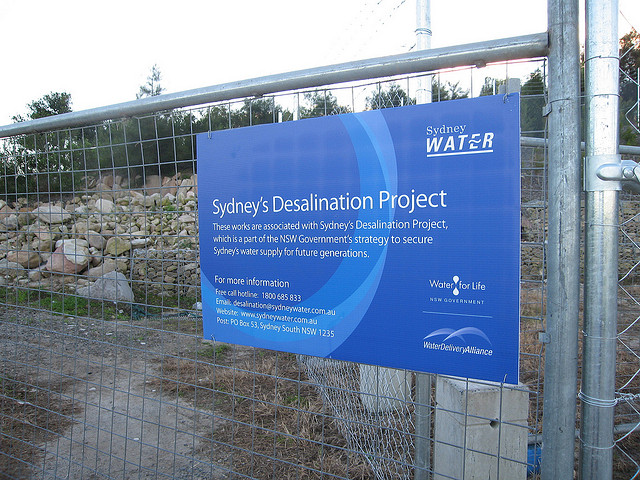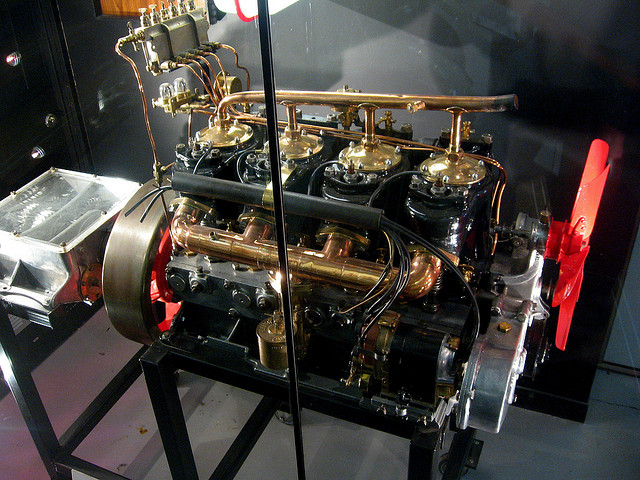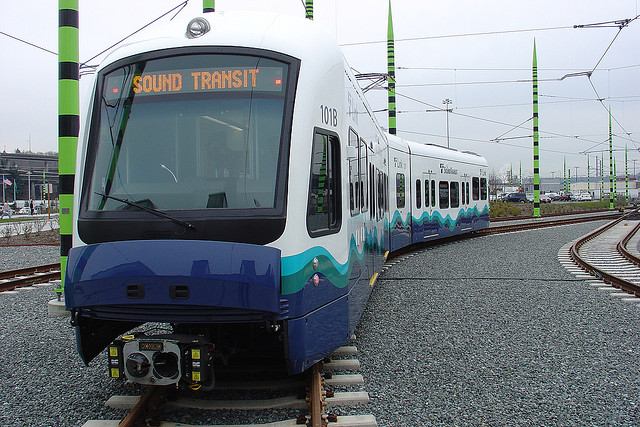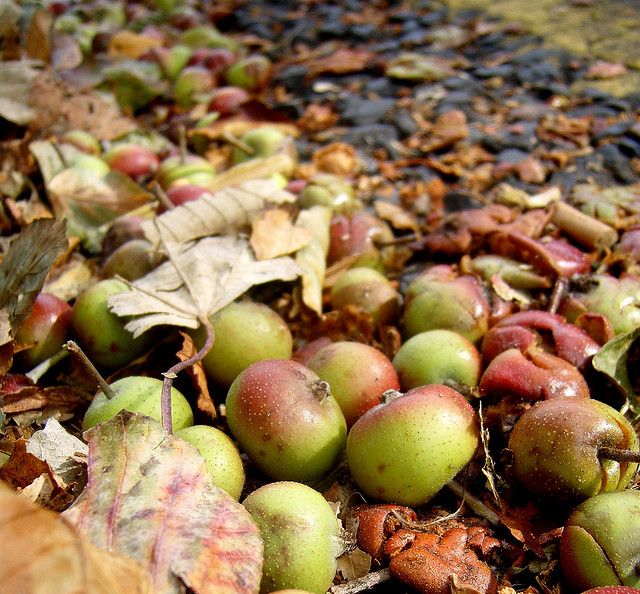Technology
The length of a bee’s tongue
Most of us have probably never given much thought to the length of a bee’s tongue – or, for that matter, the fact that bees even have tongues. Yet new research suggests tongue length may be a key factor in bees’ ability to survive their ever-changing environment.
Recovering waste heat
Thermoelectric materials convert temperature differences into electric voltages and vice versa. The Peltier Effect, which allows voltages to provide either heating or cooling, is used in portable coolers and in some car seats. But the Seebeck Effect, which produces electricity from temperature differences, has far more potential for practical use.
Light rail systems really help
More and more American cities have been adding or expanding light rail systems in recent years. Notable examples over the past decade include Los Angeles, San Francisco, Portland, Dallas and Denver.
Turning food waste into biogas
Turning food waste into fuel is not a new idea, but it is one that is finally starting to catch on in a big way. A growing number of wastewater treatment plants across the country are participating in the effort to recycle food waste and produce biogas.
Organic flow batteries
The rapid expansion of the use of solar and wind power is driving a growing interest in energy storage systems because in order to fully exploit these sources we need to be able to store the energy they produce for use when we need it.
Energy scavenging
In recent years, we have become familiar with the concept of energy vampires: small devices around the house like phone chargers that steadily use up energy a little at a time. We’ve all been encouraged to avoid wasting energy in this way by unplugging these things.
A dangerous world for birds
As wind farms become more and more commonplace, one frequently hears about the dangers that wind turbines pose to birds. Multiple studies have looked at bird mortality due to collisions with these machines.
Energy from humidity
The majority of methods we use for generating electricity convert mechanical energy into electrical energy in some fashion. We may utilize nuclear power or burning coal or rushing water or wind but we end up spinning a turbine to create electricity. Over time, we have developed numerous ways to initiate the motion in a generator.
Tesla-powered buildings
The symbiosis between solar energy and energy storage technology is driving an emerging market. Analysts predict a multi-billion dollar market will evolve in the US over the next several years, dominated by residential solar systems that use storage to provide power when the sun isn’t shining or during blackouts.
Storing carbon in the soil
The effort to reduce the amount of carbon in the atmosphere is primarily focused on the sources of carbon, such as emissions from the burning of fossil fuels. This can be called a supply-side approach. However, there is also the important issue of carbon sinks, which are termed demand-side approaches to the problem.
A solar landfill

When landfills have reached their capacity, their contents are capped in order to isolate the wastes and contaminants within. Hazardous waste landfills utilize specialized liners in order to prevent leakage and once they are capped off, they are monitored for decades for any gas or leached materials. Sometimes the sites can be reused for such things as parks or parking lots, but all too often they become no-mans-lands that serve no purpose. [Read more…] about A solar landfill
Tides in the Bay of Fundy

[audio:http://wamcradio.org/EarthWise/wp-content/uploads/2014/07/EW-08-21-14-Tides-in-the-Bay-of-Fundy-.mp3|titles=EW 08-21-14 Tides in the Bay of Fundy]
The Bay of Fundy is on the Atlantic coast on the northeast end of the Gulf of Maine between the provinces of New Brunswick and Nova Scotia in Canada. It is the site of several national and provincial parks as well as the location of major ports for the pulp and paper industry. But the Bay of Fundy’s greatest claim to fame is that it may have the largest tidal range in the world. [Read more…] about Tides in the Bay of Fundy
Urban mining

[audio:http://wamcradio.org/EarthWise/wp-content/uploads/2014/08/EW-08-18-14-Urban-Mining.mp3|titles=EW 08-18-14 Urban Mining]
Mining precious metals like gold, silver and these days copper is extremely costly as well as being energy-intensive, environmentally harmful, and dangerous. We continue to seek precious metals because they are not just used for ornamentation; they are essential parts of modern electronic devices. [Read more…] about Urban mining
No energy bills

A net-zero energy house is one that creates as much energy as it uses over the course of the year. It is a home that doesn’t pay any energy bills. [Read more…] about No energy bills
Tracking fishing boats

[audio:http://wamcradio.org/EarthWise/wp-content/uploads/2014/08/EW-08-14-14-Tracking-Fishing-Boats.mp3|titles=EW 08-14-14 Tracking Fishing Boats]
The Global Ocean Commission has released an eight-point plan aimed at protecting the high seas. Two-thirds of the ocean is considered ‘high seas,’ meaning it lies outside of a national territory. The goal of the GOC is to ensure effective management of these areas, safeguarding them from threats like overfishing. [Read more…] about Tracking fishing boats
Galapagos green

The Galapagos Islands are famous for inhabitants like giant tortoises, marine iguanas and blue-footed boobies. Nearly the entire archipelago is a national park that carefully preserves this unique environment. But the Galapagos is also home to over 30,000 people living on four of the islands and involved in the tourist trade, in farming and fishing, and in local businesses. The human inhabitants need electricity and, like most islanders, have mostly gotten it from diesel generators. [Read more…] about Galapagos green
An ammonia economy

The world’s leading automakers are betting on hydrogen-powered cars as the future of personal transportation. These are electric cars that use fuel cells as the source of electricity instead of batteries. [Read more…] about An ammonia economy
Molecular solar power

As the use of solar power expands, there is growing attention to the problem of what to do when the sun isn’t shining. The ability to store solar energy when it is available and use it later is the basic solution to the problem. Developing technologies like battery banks and molten salt tanks are currently the major focus. [Read more…] about Molecular solar power
Neonicotinoid pesticides











